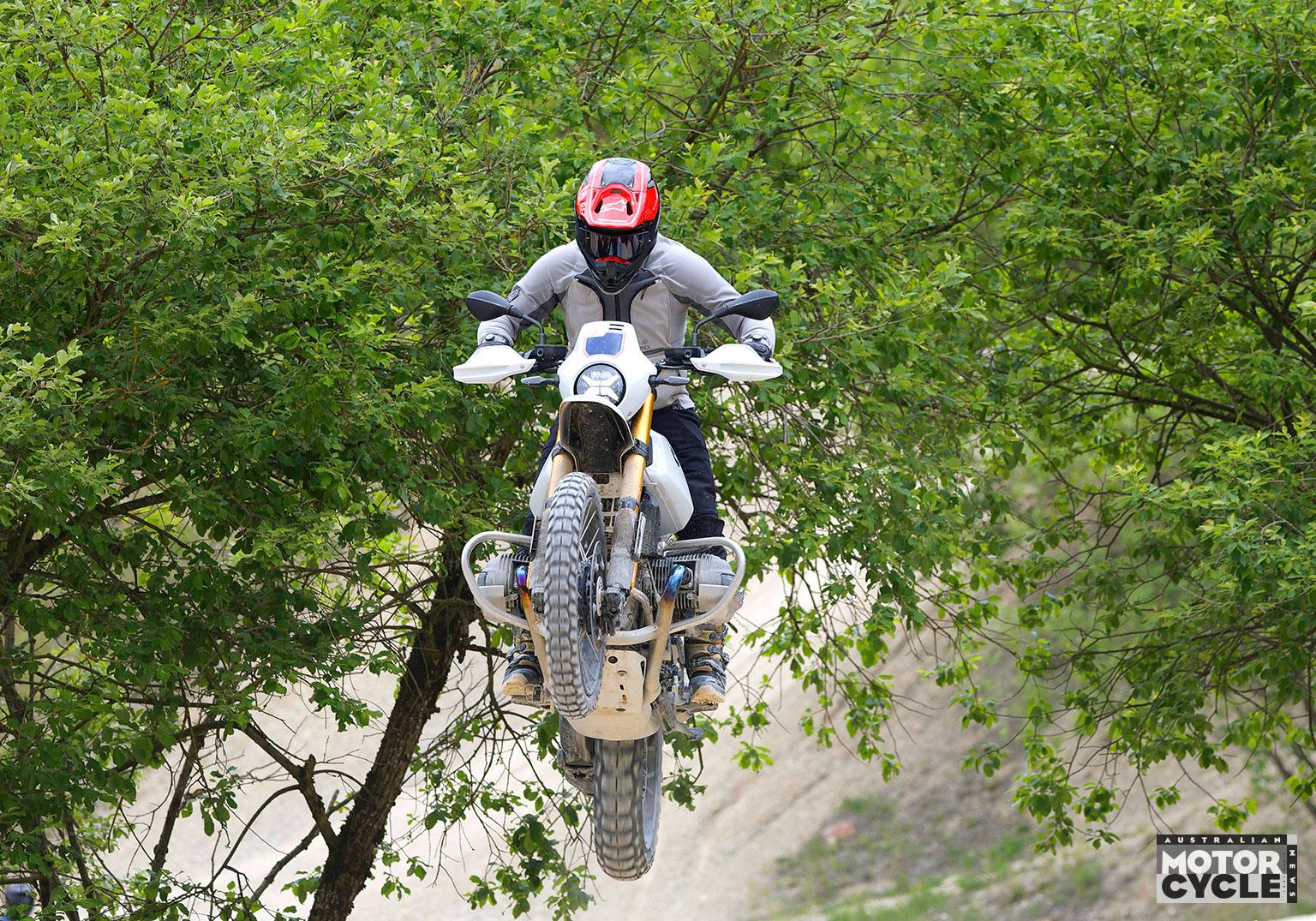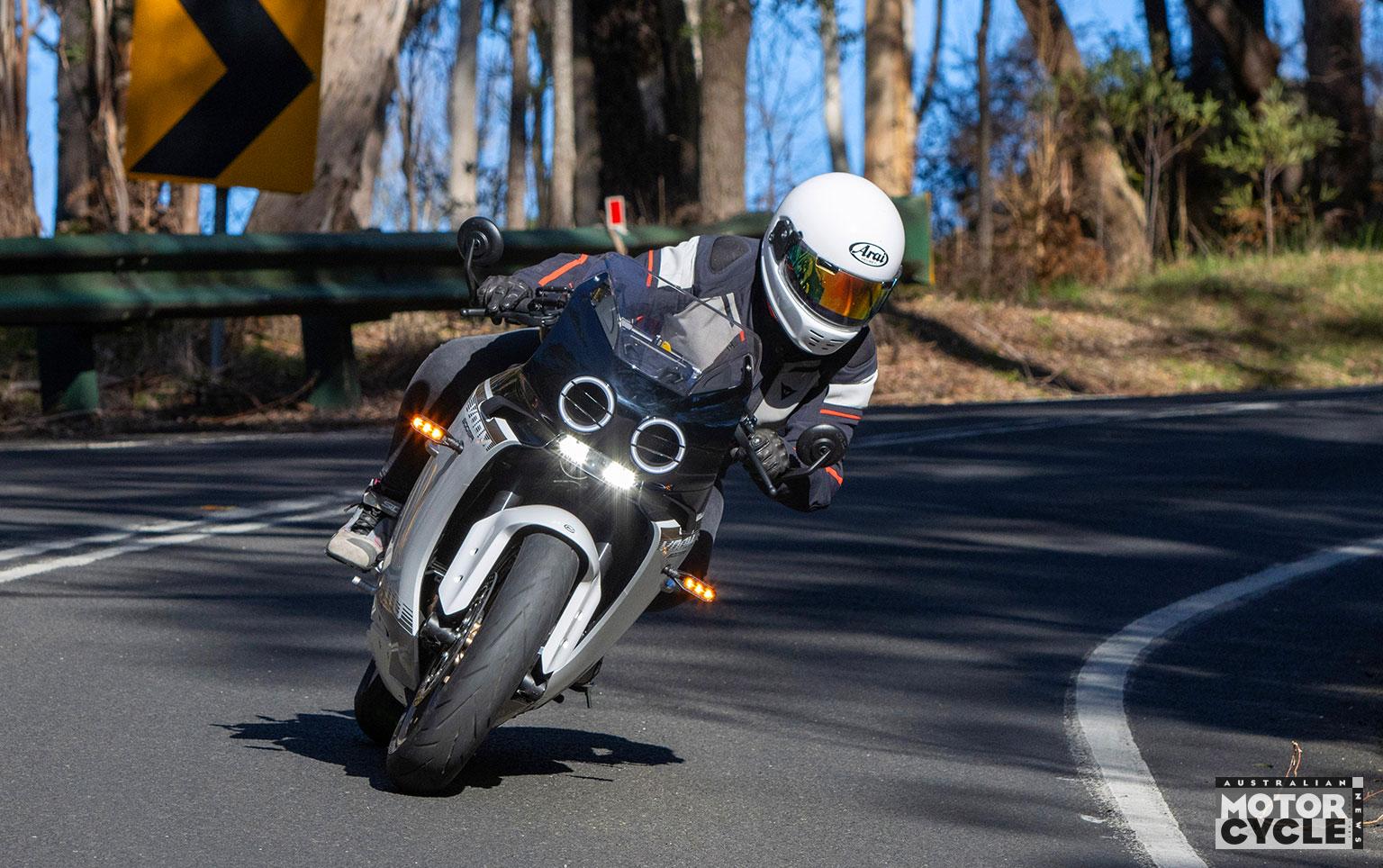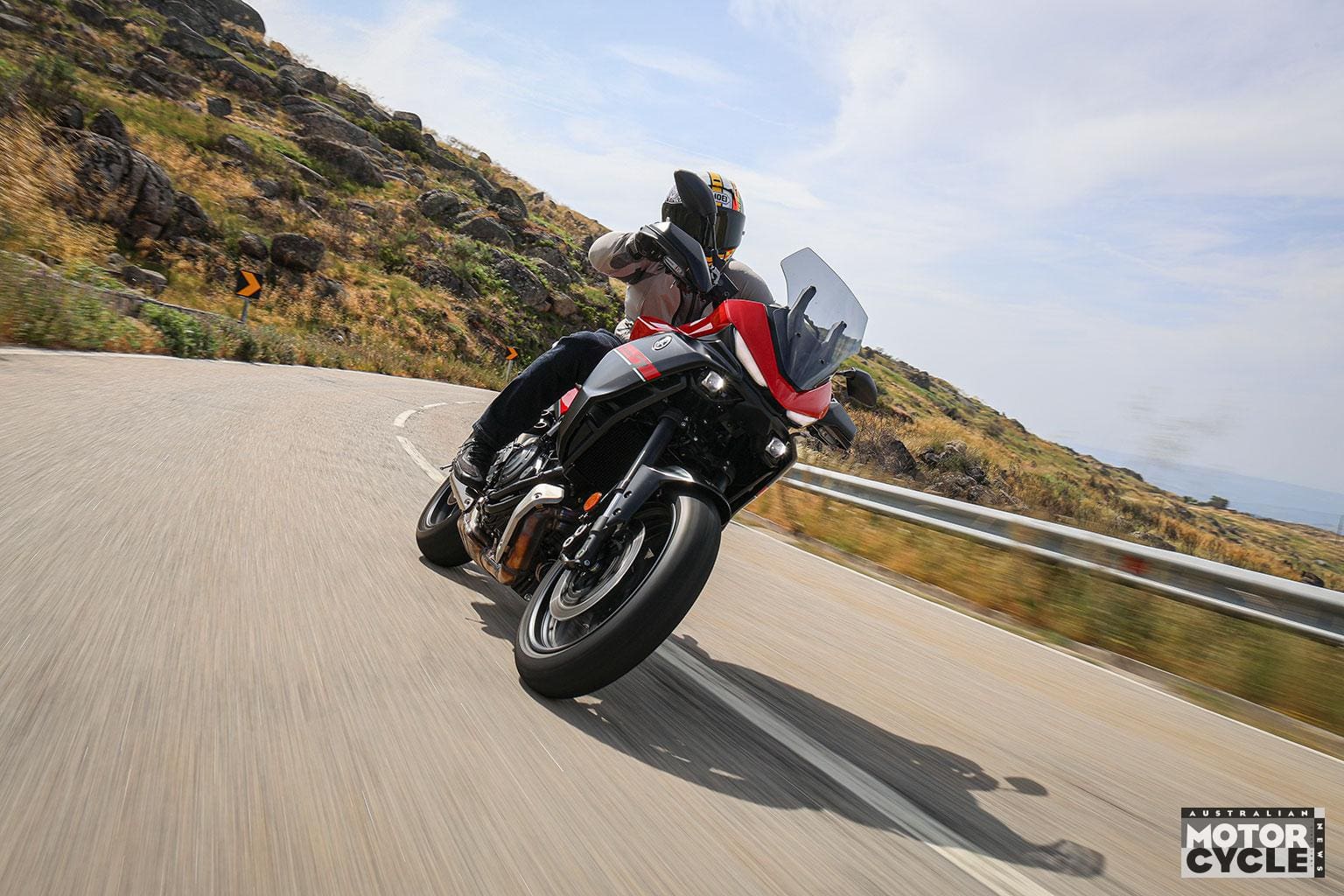THE LAUNCH OF Aprilia’s impressive new Shiver 900 – reviewed by Steve Martin in AMCN Vol 67 No 12 – has people talking again about the Italian bike with the funny model name.
The 900’s predecessor, the Shiver 750, is a much under-rated bike that deserved broader recognition than it achieved as a worthy competitor to the middleweight Ducati Monsters and Triumph’s Street Triple.
The Shiver 750 arrived in 2007 at a golden moment after the huge Piaggio Group bought Aprilia. Using Piaggio’s resources, Aprilia developed its own liquid-cooled, fuel-injected V-twin engines, moving away from its reliance on supplies from Rotax. The Shiver’s all-new 749cc, DOHC, four-valve-per-cylinder engine was the first roadbike motor born of that union. Producing a healthy 71kw at 9000rpm, it’s a free-revving powerplant that also has a user-friendly flat torque curve. On the road its response to a fistful of its ride-by-wire throttle is reassuringly linear until 6000rpm, where the urgent rush to the 10,000rpm redline kicks in.
In performance terms, the 750 engine doesn’t give away much at all to its 900 counterpart, which sacrifices some maximum power for Euro-4 compliance.
The sweet 750 engine and smooth-shifting six-speed gearbox are carried in a truss frame that combines a welded-steel front with a cast- alloy rear. The bike rides on a non-adjustable 43mm inverted fork and an adjustable monoshock mounted on the right.
The impressive brakes feature four-piston radial-mount calipers gripping 320mm discs up front and a 240mm rear disc with a single- piston caliper. Braided lines are standard while some models offer ABS.
You immediately feel totally at home on a Shiver 750 and very much in control thanks to the upright riding posture, wide ’bars and the bike’s quick and predictable responses to all of your inputs.
A more generous amount of steering-lock angle would be handy for walking-pace, feet-up manoeuvres though.
The taut, somewhat sporty ride and stiff chassis translate into surprisingly competent cornering ability, despite its relatively basic suspension set-up. Provided the road surface stays reasonably smooth, a Shiver 750 will keep sportsbikes honest on any spirited dash through the twisties.
The rider’s seat is comfortable – the pillion less so, but it’s far from the worst in its class. The 810mm seat height accommodates riders across a wide height range.
Final gearing is high enough to keep engine speed to a relaxed 4300rpm in top gear at 100km/h and low enough to endow the bike with strong acceleration and the ability to easily loft the front wheel when required.
The Shiver 750 was an early adopter of multi- mode engine management. ‘T’ mode (Touring), which softens throttle response, is good in traffic and with a passenger. ‘R’ mode (Rain) makes it feel like a 350. ‘S’ mode (Sport) delivers the urgent ‘hot chilli’ experience.
Some will be irritated by somewhat ropey fuelling in some models in the 2500-4000rpm range at small throttle openings. This slightly jerky response, which disappears as soon as you stoke the fire a bit, will be seen as an agreeable touch of mongrel by others.
The Shiver 750 has evolved over the years with subtle styling changes, along with updated ride-by-wire and minor ergonomic changes: From 2010 the rider of the Sport version sits in a slightly sportier crouch; and a GT touring version featuring a half-fairing with cubby holes for storing small items and a 12-volt power outlet ran from 2010-2012.
Despite the bike’s reasonable thirst, its 15-litre (16-litre for GT) tank limits its safe touring range to about 230km.
The Shiver 750 is a very classy-looking
and well-built Italian middleweight that is
a real pleasure to ride. It’s as competent and capable of providing a happy laid-back riding experience as it is exploring the ragged edge on a dash through the hills. Forza Aprilia!
WHAT TO LOOK FOR
The Shiver 750 has an enviable reputation as a trouble-free motorcycle. Starter switch problems in early examples were sorted long ago. No pattern of other issues shows up.
As always, check for signs of neglect or damage. Then it’s down to allowing for any consumables that will soon need replacing – tyres, brake pads, chain and sprockets, steering head bearings and brake rotors.
The best prospect will be a low-medium- kilometre example with good service records.
SERVICE HISTORY
The naked styling of the Shiver 750 offers reasonably easy access to major components, allowing DIY owners to carry out routine oil and filter changes.
I would do oil and filter changes at 5000- 6000km intervals rather than the factory’s over- generous 20,000km recommendation.
This is fine for majors, though, including valve clearances, but they are best left to experienced technicians.
Building Bricks
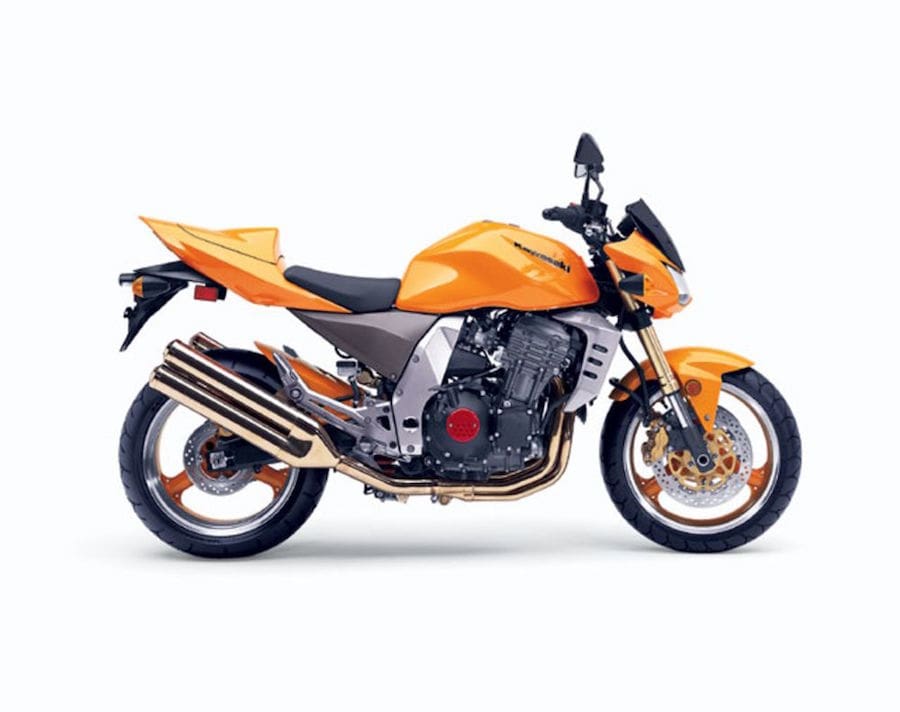
2003 – Kawasaki Z1000 sets new standards for the big-bore naked category, drawing on the factory’s rich high-performance four-stroke heritage harking back to 1972 with the Z1.

2003 – Tuono 1000 is Aprilia’s big-bore response to Kawasaki’s initiative. The Italian factory also commences development of a sporty middleweight naked that will become the Shiver 750.
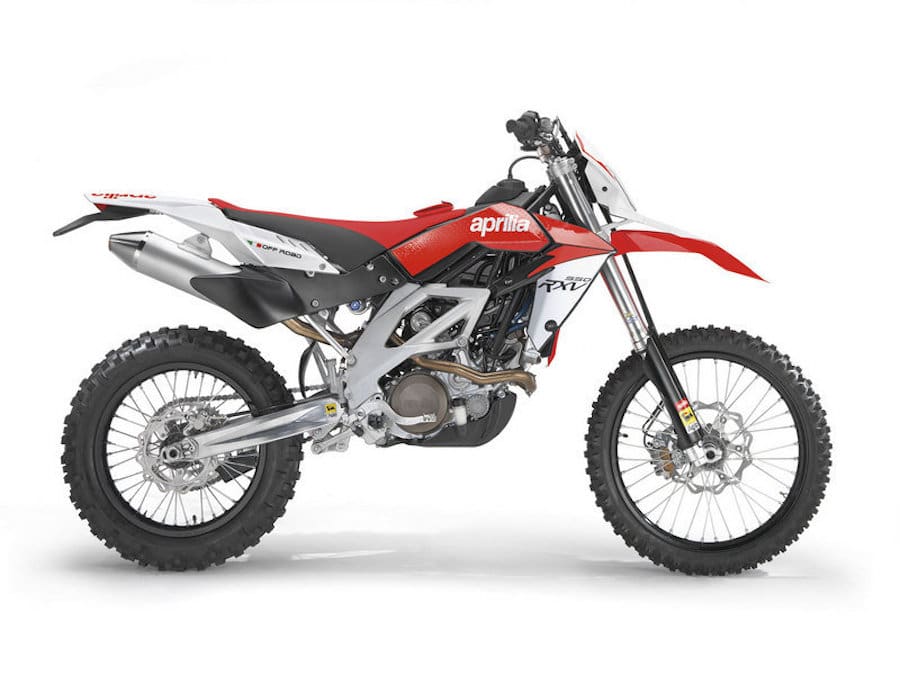
2006 – Aprilia’s RXV/SXV 4.5/5.5 off-roaders are released, confirming the factory’s in-house V-twin engine expertise, setting the stage for in-house manufacture of the Shiver 750 powerplant.
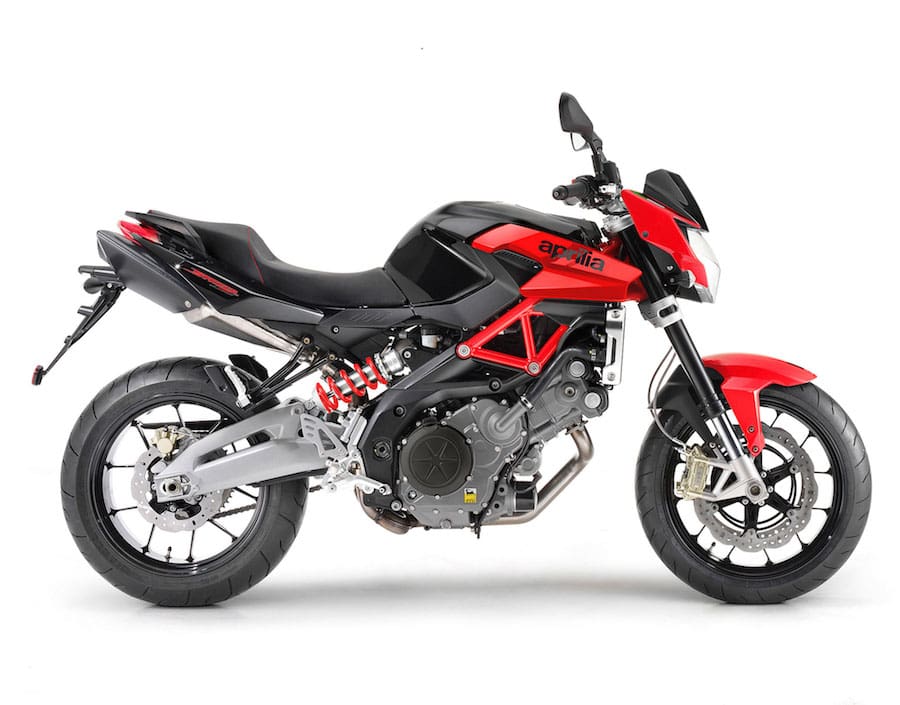
1 The Shiver 750 was the first mass-produced Italian roadbike to introduce a ride-by-wire throttle
2 Stainless-steel exhaust system was acoustically tuned to enhance deeper tones while masking high- frequency sounds
3 The twin’s four-spark plugs are fired by a digital ignition system integrated into the EFI
4 The 320mm front brake discs were from Aprilia’s big-bore flagships, the RSV1000 and Tuono 1000R
PRICE GUIDE New Price $14,990 (2007) $12,790 (2017) Second-Hand $6600-$11,450








